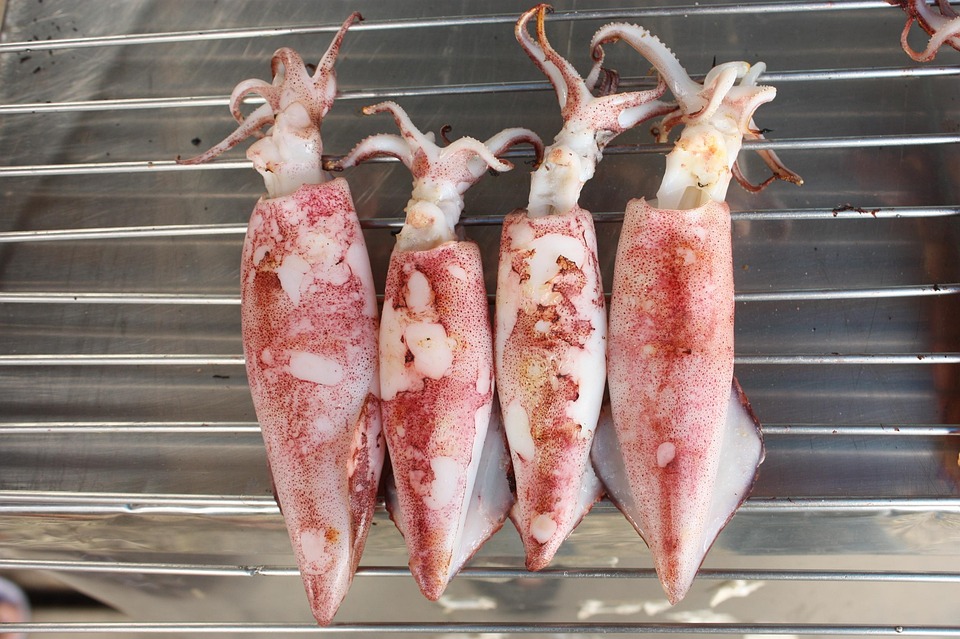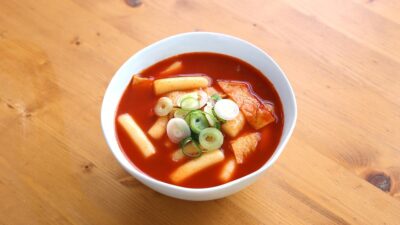Thai cuisine is renowned for its vibrant flavors, aromatic herbs, and balance of sweet, sour, salty, and spicy elements. Whether you’re a novice cook or looking to refine your skills, understanding the foundational ingredients and techniques of Thai cooking is pivotal. This article will guide you through the essential components that make Thai food so beloved.
Essential Ingredients
1. Herbs and Spices
Thai cooking heavily relies on fresh herbs and spices, which contribute to its distinctive flavor profile.
- Lemongrass: This aromatic grass adds a citrusy flavor and is often used in soups, curries, and stir-fries.
- Galangal: Similar to ginger but with a more citrusy flavor, galangal is a key ingredient in many Thai soups, including Tom Yum.
- Thai Basil: With a slightly peppery taste, Thai basil is a staple in dishes like Pad Krapow and is often added fresh to stir-fries.
- Cilantro (Coriander): Both the leaves and roots are used in cooking, providing freshness and a distinctive flavor to many dishes.
2. Condiments
Condiments are crucial for enhancing the flavors of Thai dishes.
- Fish Sauce: A salty ingredient made from fermented fish, fish sauce is a cornerstone of Thai flavor, adding umami depth to dishes.
- Oyster Sauce: This thick sauce made from oyster extracts adds sweetness and richness and is commonly used in stir-fries.
- Chili Paste: Available in various forms, chili paste is often used to give dishes their signature heat.
3. Coconut Milk
Coconut milk is a versatile ingredient that adds creaminess and richness to curries, soups, and desserts. It balances out spicy flavors and provides a distinct sweetness.
4. Rice and Noodles
Rice is a staple in Thai cuisine, with Jasmine rice being the most commonly used variety. Additionally, various types of noodles, such as rice noodles and egg noodles, are essential for dishes like Pad Thai and Pad See Ew.
5. Proteins
Common proteins in Thai cooking include chicken, beef, pork, shrimp, and tofu. The choice often depends on personal preference as well as the dish being prepared.
Essential Techniques
1. Stir-Frying (Pad Prik)
Stir-frying is one of the most fundamental techniques in Thai cooking. It involves quickly cooking ingredients over high heat in a wok, allowing for the preservation of flavors and nutrients. Key points include using a hot wok, ensuring ingredients are cut uniformly for even cooking, and preparing all ingredients before starting.
2. Currying
Thai curries start with a base of curry paste (made from fresh herbs, spices, and chilies) and are combined with coconut milk and proteins or vegetables. The technique involves simmering the ingredients to allow the flavors to meld. Understanding the balance between the curry paste and coconut milk is crucial for achieving the desired flavor and consistency.
3. Soup Making
Soups like Tom Yum and Tom Kha Gai are essential to Thai cuisine. The foundation is usually a flavorful broth made from stock and seasoned with herbs. Ingredients are added progressively: hard vegetables first, followed by softer ones and herbs at the end.
4. Wrapping and Rolling
Dishes such as Spring Rolls showcase the technique of wrapping ingredients in rice paper or other wrappers. It’s essential to wet the wrappers adequately for flexibility and to prevent tearing.
5. Balancing Flavors
A hallmark of Thai cooking is the balance of flavors—sweet, sour, salty, and spicy. Always taste your dish as you cook and adjust the seasoning with lime juice, sugar, fish sauce, or chilies to achieve harmony.
Conclusion
Exploring Thai cooking can be an exciting and rewarding endeavor. By familiarizing yourself with essential ingredients and practicing fundamental techniques, you’ll be well on your way to creating delicious and authentic Thai dishes. Whether you’re preparing a simple stir-fry or an elaborate curry, the key lies in the freshness of ingredients and the joy of balancing flavors. Embrace the vibrant world of Thai cooking, and let each dish tell a story of rich culinary traditions!



